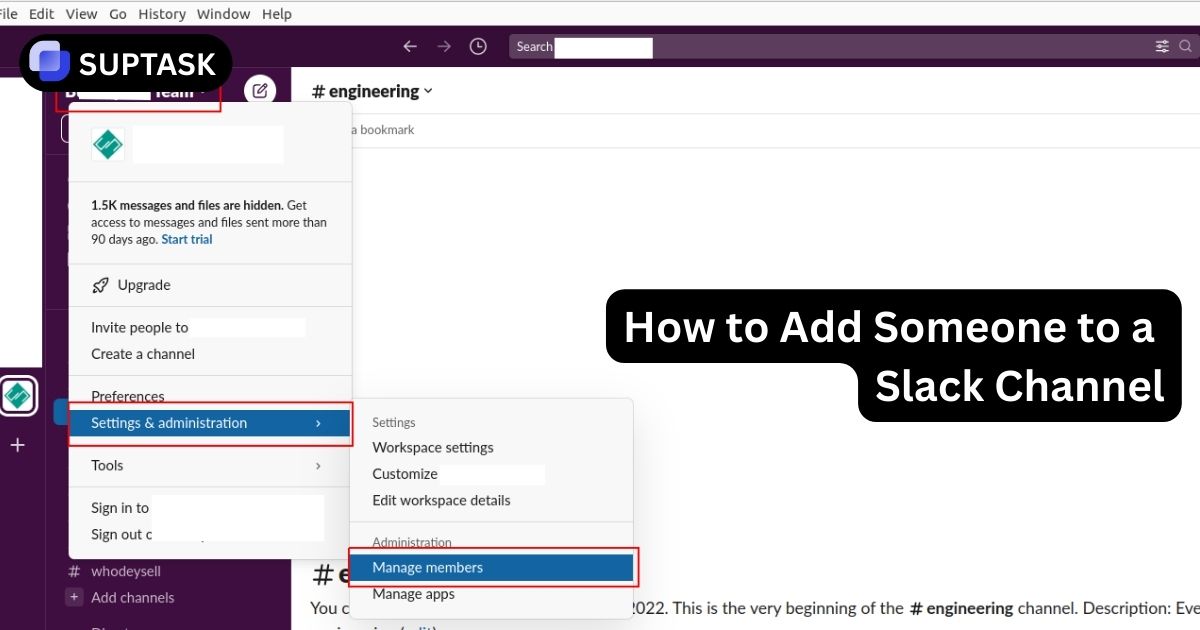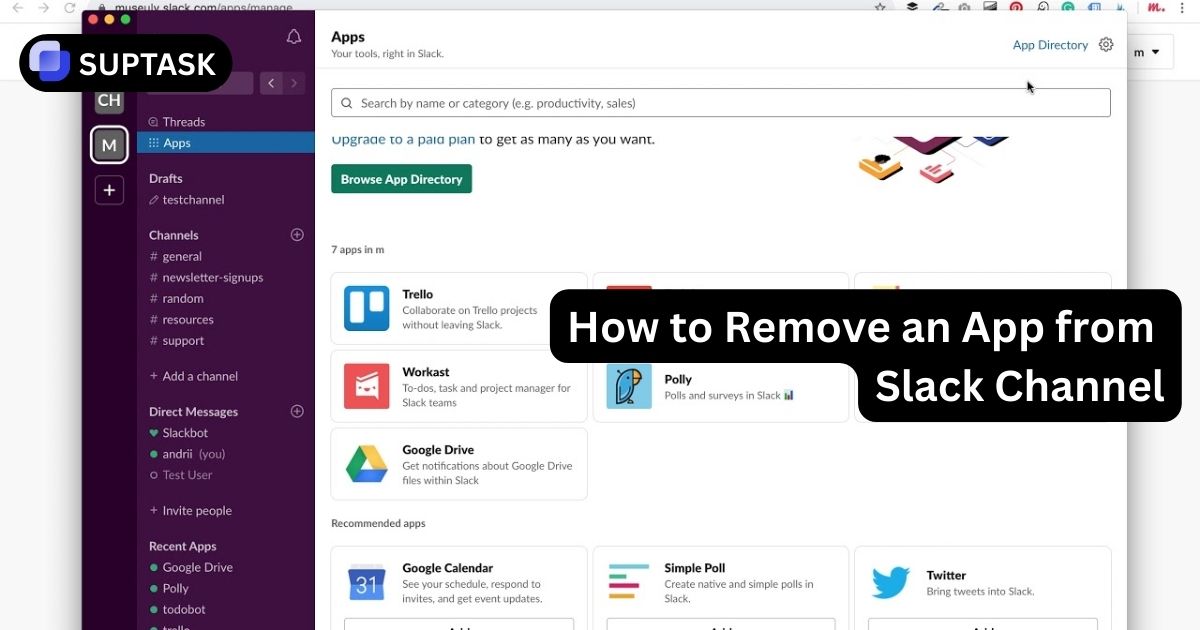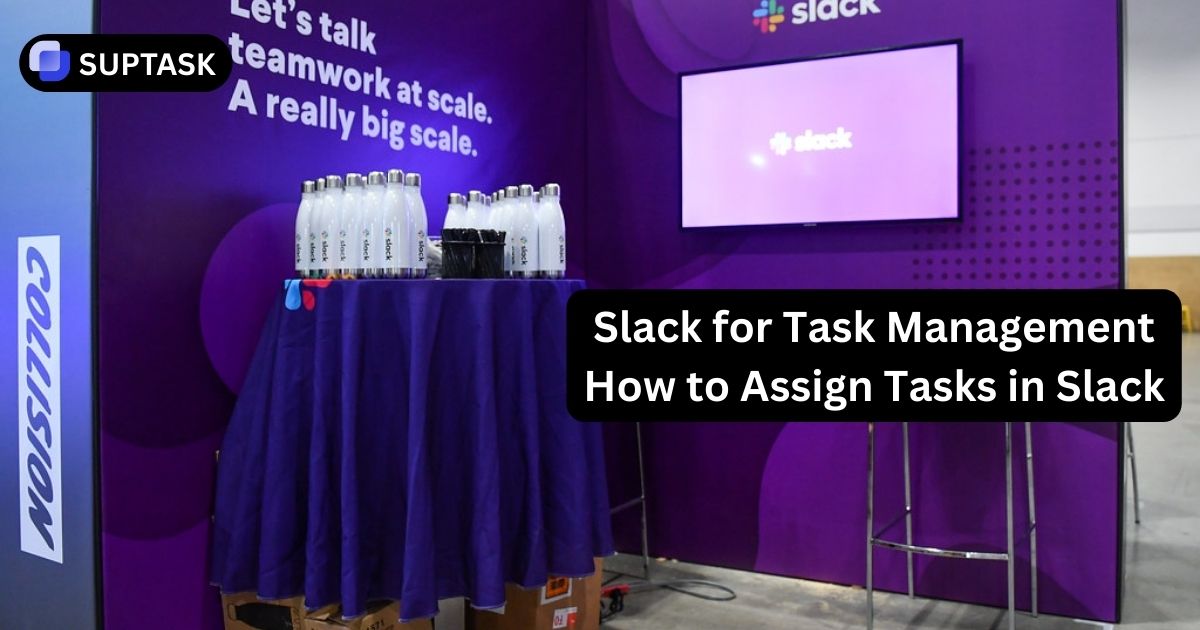Master the data-driven help desk strategies that turn support metrics into business intelligence
Build Your Perfect Metrics Dashboard
Select the KPIs that matter most for your help desk strategy
Ticket Volume
Total support requests received over time
First Response Time
Time until customer receives initial response
Resolution Time
Total time from ticket creation to closure
First Contact Resolution
Issues resolved without follow-up
Escalation Rate
Tickets requiring higher-tier support
Ticket Backlog
Unresolved tickets in queue
Customer Satisfaction
Post-interaction satisfaction rating
Customer Effort Score
Ease of issue resolution
Net Promoter Score
Likelihood to recommend
Cost Per Ticket
Total operational cost per resolution
Customer Churn Rate
Customers lost after support issues
Lost Business Hours
Productivity lost to IT issues
Agent Satisfaction
Internal team happiness score
Agent Turnover Rate
Annual agent departure percentage
Agent Utilization
Productive work time percentage
Calculate Your Help Desk ROI
See the dual impact of efficiency gains and value creation
💰 Cost Reduction Factors
📈 Value Creation Factors
Projected Annual Impact
Modern Help Desk Dashboard
Active Tickets
First Response Time
Target: < 5 minutes
Customer Effort Score
Agent Satisfaction
Leading indicator of CX
Master the 10 Best Practices
Track your progress toward reporting excellence
1. Engage Stakeholders as Strategic Partners
Collaborate with executives, departments, and customers to define KPIs that matter. Use reports as foundation for cross-functional problem-solving.
2. Focus on Business Drivers, Not Details
Move beyond vanity metrics. Report on what drives numbers: "40% of tickets from Bug X" vs "10,000 tickets received".
3. Leverage Intelligent Automation
Use AI for ticket routing, knowledge suggestions, and automated alerts. Transform your platform from passive repository to active engine.
4. Make Customer Effort Score Your North Star
Prioritize CES over CSAT. Low effort drives loyalty - 96% of high-effort experiences create disloyalty.
5. Integrate Qualitative with Quantitative Data
Use NLP to analyze customer comments, reviews, and social mentions. Pair sentiment analysis with metrics for rich context.
6. Analyze to Preempt, Not Just React
Use trend analysis to identify recurring issues. Prevent problems before they escalate into major incidents.
7. Data-Driven Recognition & Development
Use performance data for growth, not punishment. Identify top performers and specific training needs objectively.
8. Establish Tiered Reporting Cadence
Daily dashboards for agents, weekly for managers, monthly for directors, quarterly for executives. Right data, right time.
9. Systematize Feedback Loops
Regularly gather feedback from report consumers and data producers. Ensure reports evolve with business needs.
10. Promote Radical Transparency
Share dashboards cross-functionally. Make downstream costs visible: "Bug X generated $40K in support costs".
Assess Your AI Reporting Maturity
Answer 3 questions to benchmark your current state
How automated is your data collection and reporting?
Vanity vs. Actionable Metrics
Learn to distinguish metrics that matter from those that mislead
| Metric Type | Vanity Metric | Actionable Alternative | Why It Matters |
|---|---|---|---|
| Operational | Total Tickets Handled | Tickets by Root Cause | Identifies what drives volume |
| Quality | Agent Occupancy Rate | First Contact Resolution | Measures actual effectiveness |
| Experience | Average Handle Time | Customer Effort Score | Predicts loyalty, not just speed |
| Financial | Total Support Budget | Cost Per Resolution | Shows efficiency improvements |
| Wellness | Number of Agents | Agent Satisfaction Score | Predicts turnover and CX quality |
Real-World ROI Success Stories
Click each case to see the dual-axis impact
Eurail
EchoStar
UK Utilities Provider
Grove Collaborative
Ready to Transform Your Help Desk Reporting?
Stop measuring activity. Start driving strategic value. The future of help desk reporting isn't about prettier dashboards - it's about turning every ticket, chat, and interaction into actionable business intelligence.
Start Building Your StrategyFrequently Asked Questions
Quick answers about metrics, ROI, and building a modern help desk.
Start with one from each pillar:
- Operational: First Response Time
- Quality: First Contact Resolution (FCR)
- Experience: Customer Effort Score (CES)
- Financial: Cost per Ticket
- Wellness: Agent Satisfaction
Include direct labor + tooling + overhead allocated to support, divided by resolved tickets in the same period. Keep scope consistent (e.g., exclude projects if you exclude their tickets).
Use both, but treat CES as a leading indicator for loyalty and churn. CSAT shows how they felt; CES shows how hard it was. Low effort wins.
Varies by complexity and channel. As a directional goal, aim for 70–80%+ on chat/voice and 60–70%+ on email—then tune by category and deflection maturity.
Map deflection → cost savings, CES/FCR → churn reduction, resolution time → productivity. Your ROI = savings (tickets × cost) + revenue protected (retained customers × value).
Done right, it helps. Use automation for routing, suggested replies, and self-service for common issues. Keep humans for exceptions and high-value moments.
Daily for agents, weekly for managers, monthly for directors, quarterly for executives. Same North-Star KPIs, increasing depth and business context up the chain.
Use a one-question, in-flow micro-survey after resolution, sample intelligently (not every interaction), and close the loop by fixing high-effort root causes.













